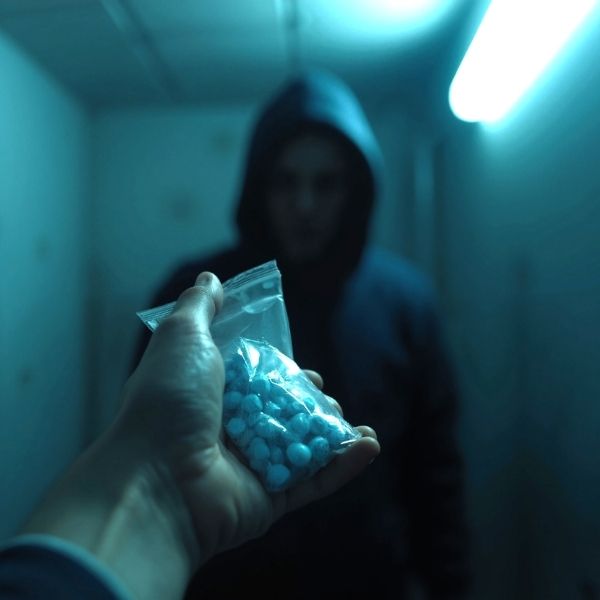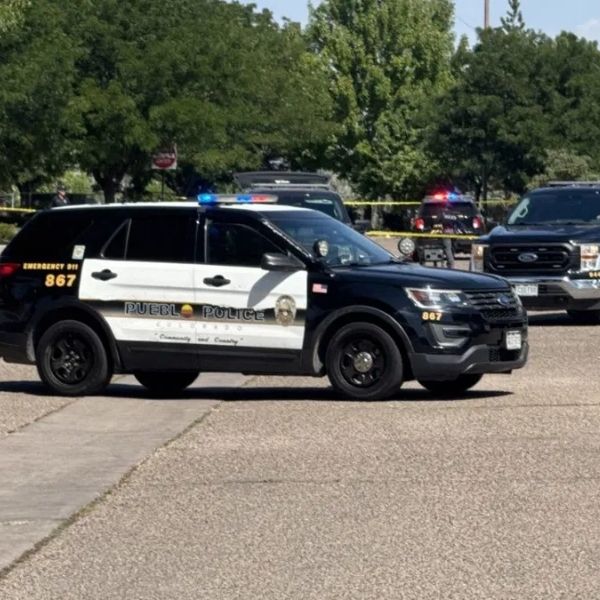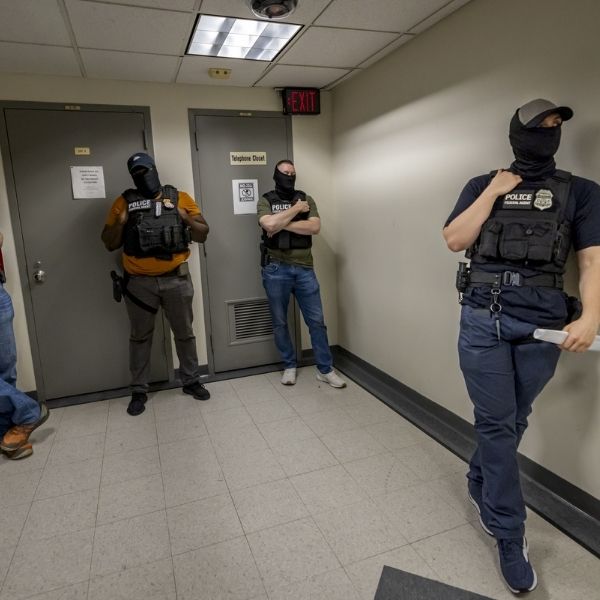Denver’s illicit fentanyl supply has been tainted with BTMPS, a dangerous chemical that’s raising red flags among harm reduction experts and public health officials across the U.S., according to Lisa Raville, director of the Harm Reduction Action Center.
“We’ve seen it here just a little and definitely keeping our eye out,” Raville said in an email.
BTMPS, the focus of a new article in the Journal of the American Medical Association (JAMA), is a troubling new addition to the street drug supply. Unlike previous fentanyl adulterants like xylazine, BTMPS has no known sedative or psychoactive effects, leaving experts unsure why it’s appearing in the drug market. Even more concerning: it’s never been studied in humans and is not approved for human use, so its health risks remain largely unknown.
BTMPS was first found in Portland, Oregon and Philadelphia, Pennsylvania, but quickly spread across the country. According to JAMA, it may be used to protect fentanyl from ultraviolet light or serve as a cheap bulking agent to increase volume and boost profits. Some speculate it might slightly dilute fentanyl’s potency to reduce overdose risk—but any potential benefit is likely overshadowed by its unknown and potentially dangerous effects.
Animal studies indicate BTMPS may have serious cardiac and neurological impacts, including:
-
Hypotension
-
Decreased heart function
-
Muscle weakness
-
Nerve issues like ptosis and autonomic dysfunction
Users have reported symptoms like blurred vision, nausea, conjunctivitis, tinnitus, and a strong chemical odor or taste, often described as “plastic or bug spray.” Smoking the drug can cause persistent coughing, throat irritation, and even coughing up blood. Injection can lead to skin burning and irritation.
Although BTMPS doesn’t directly suppress breathing, its common pairing with fentanyl still makes quick naloxone administration vital in overdoses. Healthcare workers are advised to watch for unusual symptoms like chemical odors or skin and eye irritation when treating suspected opioid cases.
Because BTMPS is so new and poorly understood, detecting it is difficult, which only adds to the unpredictability of today’s street drug supply. Experts urge a coordinated response to this growing threat—calling for:
-
Better forensic testing
-
Broader public health surveillance
-
Accelerated research into BTMPS’ pharmacology and long-term health impacts
This latest contamination highlights the escalating risks of the illicit drug supply and the need for immediate public health action.
This article has been carefully fact-checked by our editorial team to ensure accuracy and eliminate any misleading information. We are committed to maintaining the highest standards of integrity in our content.
















Leave a Reply